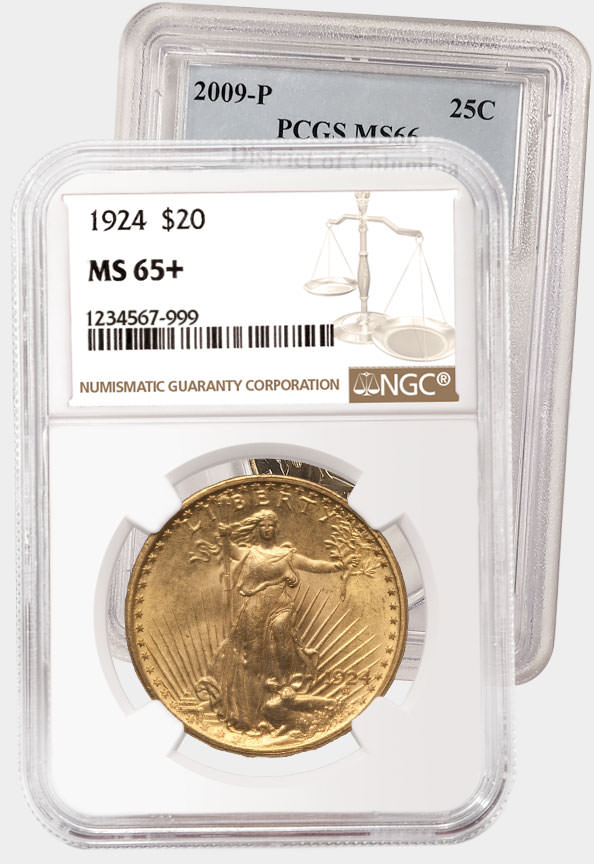NCS Conservation: The Capriciousness of Copper
Posted on 6/18/2024
By
Chris Shappell
Numismatic Conservation Services
Numismatic Conservation Services™ (NCS®) uses a variety of proprietary techniques to remove harmful contaminants, stabilize and protect a coin's surfaces and, in many cases, improve a coin's eye appeal. After coins are conserved by NCS, they are seamlessly transferred to Numismatic Guaranty Company® (NGC®), an independent affiliate of NCS, for grading and encapsulation.
Below are a few highlights of coins that were recently conserved by NCS and graded by NGC.
Whether it is related to a red color giving way to brown or oxidation in the form of a corrosion spot, copper is the most reactive of the metals frequently used in coinage. Because of this reactivity, very prudent actions must be taken when it is time to conserve coins of a copper alloy.
This 1655 Great Britain Farthing Pattern was recently submitted for NCS conservation to address the dark colored residues filling in crevices of the design and legends. While copper alloy coins can be sensitive to physical changes based on their immediate environment, they can also be highly sensitive to damage due to improper conservation attempts. Careful removal of the surface residues on this British copper was able to reveal a pleasant chocolate brown-toned coin free of permanent environmental damage. This coin was able to grade with NGC following conservation.
Much like coins made of other metallic alloys, coins of copper alloy can develop detail-hiding residues. Long-term storage in a coin holder that was not air-tight had left an even, dull residue on the surface of this 1848/38 overdate Belgium 10 Centimes. Uniform residues such as what is seen here can often lead to permanent damage in the form of corrosion. With careful conservation work, this copper alloy coin was revealed to be damage-free with pleasant brown coloring. Following professional conservation, this coin was able to grade well with NGC.
Even modern copper coins can be improved immensely through professional conservation. This Proof 2019-W Lincoln Cent was recently submitted to NCS to address a heavy residue and fingerprints hiding the reflective fields. The mirrored surfaces of a modern Proof coin must be handled carefully during the conservation process. Luckily for this particular West Point Mint Proof coin, once all residues were carefully removed, this coin was able to grade well with NGC.
For more information about NCS, visit NGCcoin.com/NCS.
Stay Informed
Want news like this delivered to your inbox once a month? Subscribe to the free NGC eNewsletter today!












